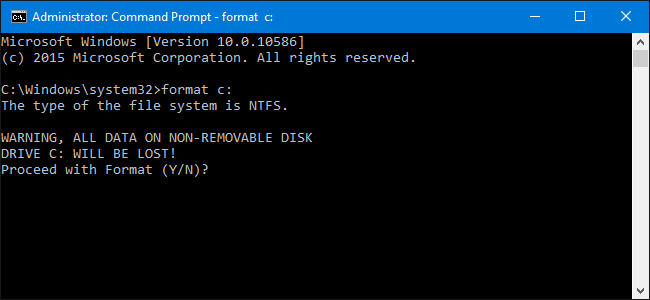

#Cmd hacking codes list password
(The Wi-Fi password and router password are not the same-unless you went out of your way to assign the same password to both). That's not possible if you don't know the password for the router. From there, you can easily reset your Wi-Fi password/key if you've forgotten it.
#Cmd hacking codes list full
But, before you do a full router reset simply to get on your own Wi-Fi, try to log into the router first. You need physical access to the router for this to work. This isn't for getting on someone else's Wi-Fi in the apartment next door. Type the following, replacing the Xs with the network name. On macOS, open up the Spotlight search (Cmd+Space) and type terminal to get the Mac equivalent of a command prompt. The word displayed is the Wi-Fi password/key you are missing.

In the new data that comes up, look under Security Settings for the line Key Content. At the prompt below, type the following, but replace the Xs with the network name you copied you only need the quotation marks if the network name has spaces in it, like "Cup o Jo Cafe." netsh wlan show profile name="XXXXXXXX" key=clear Pick the one you want to get the password for, highlight it, and copy it. The results will bring up a section called User Profiles-those are all the Wi-Fi networks (aka WLANs, or wireless local area networks) you've accessed and saved. Some require such extreme patience that the café idea, even in quarantine, is going to look pretty good. However, there are other ways to get back on the wireless. Download an app for your phone like WiFi-Map (available for iOS and Android), and you'll have a list of millions of hotspots with free Wi-Fi for the taking (including some passwords for locked Wi-Fi connections if they're shared by any of the app's users). Pre COVID-19, you could just go to a café, buy a latte, and use the "free" Wi-Fi there (vaccines willing, maybe you'll do it again soon). Perhaps you forgot the password on your own network, or don't have neighbors willing to share the Wi-Fi goodness. Without a password or passphrase, you're not going to get access to that network, or the sweet, sweet internet that goes with it. The problem is, if there's a lock next to the network name (AKA the SSID, or service set identifier), that indicates security is activated.
#Cmd hacking codes list how to
How to Set Up Two-Factor AuthenticationĬhances are you have a Wi-Fi network at home, or live close to one (or more) that tantalizingly pops up in a list whenever you boot up your laptop or look at the phone.How to Record the Screen on Your Windows PC or Mac.How to Convert YouTube Videos to MP3 Files.How to Save Money on Your Cell Phone Bill.How to Free Up Space on Your iPhone or iPad.How to Block Robotexts and Spam Messages.


 0 kommentar(er)
0 kommentar(er)
